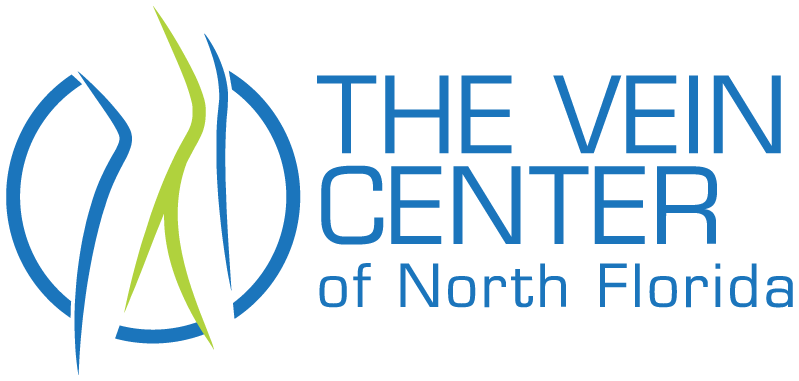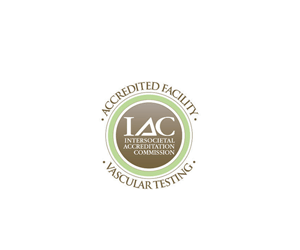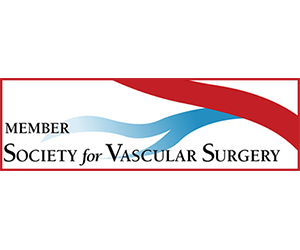 Varicose veins are tortuous, twisted, or elongated veins. This can be due to existing (inherited) valve dysfunction or decreased vein elasticity (primary venous reflux) or valve damage from prior thrombotic events (secondary venous reflux). The end result is pooling of blood in the veins, increased venous pressure and subsequent vein enlargement. As a result of high venous pressure, branch vessels balloon out leading to varicosities (varicose veins).
Varicose veins are tortuous, twisted, or elongated veins. This can be due to existing (inherited) valve dysfunction or decreased vein elasticity (primary venous reflux) or valve damage from prior thrombotic events (secondary venous reflux). The end result is pooling of blood in the veins, increased venous pressure and subsequent vein enlargement. As a result of high venous pressure, branch vessels balloon out leading to varicosities (varicose veins).
Symptoms typically affect the lower extremities and include (but are not limited to): aching, swelling, throbbing, night cramps, restless legs, leg fatigue, itching and burning. Left untreated, venous reflux tends to be progressive, often leading to chronic venous insufficiency. A number of complications are associated with untreated venous reflux: including superficial thrombophlebitis as well as variceal rupture and haemorrhage. Chronic venous insufficiency often results in chronic skin changes referred to as stasis dermatitis. Stasis dermatitis is comprised of a spectrum of cutaneous abnormalities including edema, hyperpigmentation, eczema, lipodermatosclerosis and stasis ulceration. Ulceration represents the disease end point for severe chronic venous insufficiency. Chronic venous insufficiency is associated with a reduced quality of life particularly in relation to pain, physical function and mobility. In severe cases, varicose veins with ulcers, quality of life has been rated to be as bad or worse as other chronic diseases such as back pain and arthritis.




